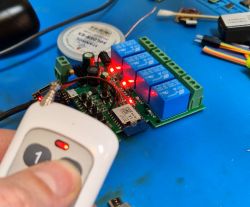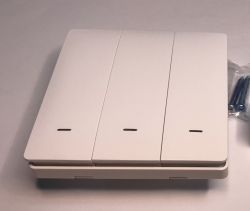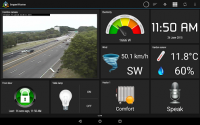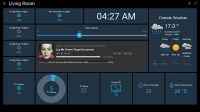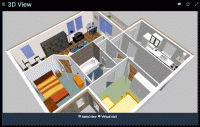teofil111 wrote:..
In 20,30 years' time the only practical things will be technological marvels that will take care of us when we no longer have the strength and make old age easier, i.e. progress towards home robotics.
Let's hope not, because then society will already be old and lacking in strength at the age of 30. To be healthy you have to move, exercise your muscles because an unused organ atrophies. Currently the statistics of the "youth" are frightening (as someone nicely said "the generation of bent heads").
In the above situation, 90% of people will "crash" on the sofa and play smartphones, computer games or watch everything on TV with crisps and beer in hand, out of sheer boredom because there is nothing to do.
teofil111 wrote:.
These days, these home systems are more for the fans.
Mostly yes, because almost every electrical or electronic product "has the word smart" in the headline.
It's a bit of a devalued word, something like my second favourite word "Innovation".
Because if a commodity can't be smart (e.g. a cream), let it at least be innovative because it has a green cap and others have a grey one
Some of the 'smart' products make life a dozen or so percent easier (e.g. when we are at home and turn on some appliance or coloured LEDs from the remote control). But we actually have 50 remote controls for everything and it takes more time than normal to switch something on: getting up to turn on a switch.
In addition, we have zero possibilities for any kind of integration, because cheap products only compete with each other (mainly price, which makes it impossible to do such a thing).
The term " Building automation " has not yet devalued so much and is something more, although it is much more expensive:
- security (alarms, installation security)
- autonomous operation (e.g. heating)
- energy saving (optimal heating, use of heating energy)
- system integrations
- BMS
Apart from the manual switching on/off of lighting and more or less necessary gadgets, the system actually performs certain actions on its own when we are not at home (as we program or configure it). In the event of an emergency or critical situation (fire, flooding, gas leakage, burglary), it can counteract the elements if we prepare it for them.
For example, if you equip the building automation system with smoke or other
- smoke or other fire detectors in each room
- CO detectors in rooms where they are required (kitchen, boiler room)
- flooding in each room with water supply
- gas in rooms where there is a gas supply
And we will use
- a 3-phase relay at the entrance of the connection to the house (to disconnect the entire main switchboard)
- a shut-off solenoid valve for the water supply to the house
- shutting off the solenoid valve for the gas supply to the house
We are 90% protected against disasters (fires, flooding, smoke inhalation, etc.) by simply disconnecting the utilities supplied to the building.
Of course, there are additional costs, so every investor thinks to himself "nothing like that will happen to me".
When we are at home, such incidents can usually be remedied. However, when we are asleep, at work or on holiday, we have no influence.
Even if we have the above sensors connected to a monitored alarm and security arrives after a few minutes, the loss of as a result of a fire "raging" for several minutes, are enormous and always greater than the cost of finishing the house from the shell:
New electrical, plumbing and all the other installations have to be laid.
If the fire brigade intervenes: the time of arrival + preparation of equipment is about 30-60 minutes, so generally the entire floor on which the fire is raging is to be completely overhauled. In addition, extinguishing a fire with e.g. 10 tonnes of water does not reduce the cost of the aftermath of the fire either, and makes it necessary to renovate the rest of the house.





